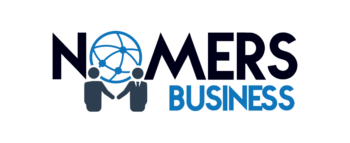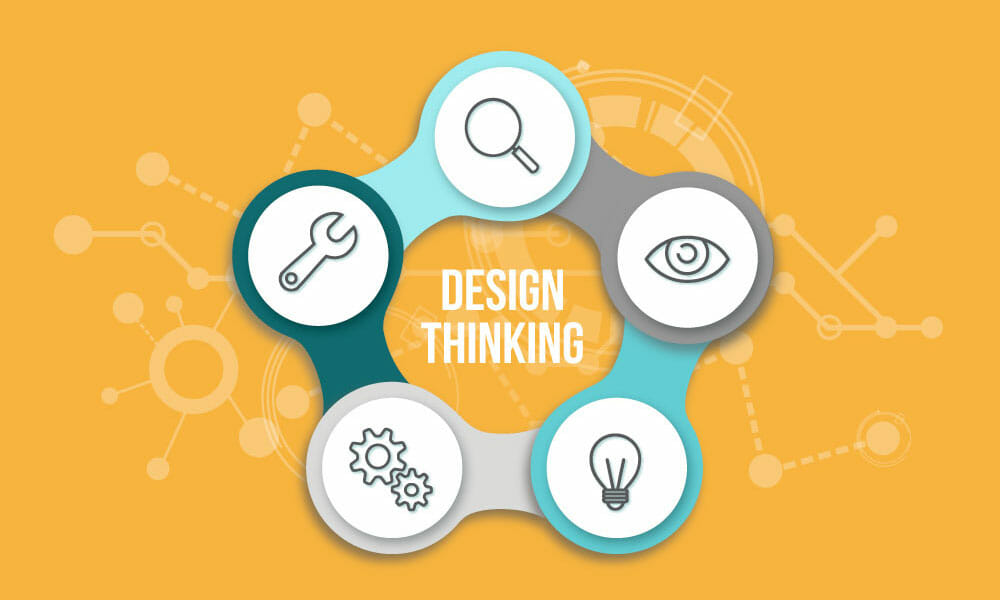The modern-day workforce is more diverse than ever before. With five generations working side by side, it can be challenging for businesses to navigate the varying needs, expectations, and communication styles of each generation. From Baby Boomers to Generation Z, each generation brings their unique set of skills, experiences, and perspectives to the table. As such, it is essential for businesses to understand the challenges of multigenerational workforce dynamics and develop strategies to effectively manage them.
The Challenges of Multigenerational Workforce Dynamics

One of the most significant challenges of multigenerational workforce dynamics is communication. Each generation has its own communication style, which can lead to misunderstandings and conflicts. For example, Baby Boomers tend to prefer face-to-face communication, while Millennials and Generation Z prefer digital communication channels such as email, text messaging, and social media. To overcome this challenge, businesses must find ways to facilitate effective communication between generations. This may involve providing training on effective communication strategies or implementing communication tools that cater to the needs of each generation.
Another challenge of multigenerational workforce dynamics is managing different working styles. For example, Baby Boomers may prefer a more structured and hierarchical work environment, while Millennials and Generation Z may prefer a more collaborative and flexible work environment. To address this challenge, businesses must find ways to create an inclusive work environment that caters to the needs of each generation. This may involve adopting flexible work arrangements such as remote work or implementing a mentoring program that pairs employees from different generations.
Strategies for Managing Multigenerational Workforce Dynamics

Managing multigenerational workforce dynamics requires a proactive approach. Here are some strategies businesses can adopt:
- Encourage Collaboration: Encourage employees from different generations to work together on projects and initiatives. This will help them learn from each other and develop a better understanding of each other’s working styles and communication preferences.
- Provide Training: Provide training on effective communication strategies and conflict resolution. This will help employees develop the skills needed to communicate effectively with colleagues from different generations.
- Adopt Flexible Work Arrangements: Adopt flexible work arrangements such as remote work or flexible scheduling. This will help accommodate the different work styles and life stages of employees from different generations.
- Implement Mentoring Programs: Implement mentoring programs that pair employees from different generations. This will help employees learn from each other and develop new skills.
Navigating the challenges of multigenerational workforce dynamics can be difficult, but it is essential for businesses to do so to remain competitive in today’s diverse workforce. By understanding the challenges and adopting proactive strategies, businesses can create an inclusive work environment that caters to the needs of employees from different generations.











